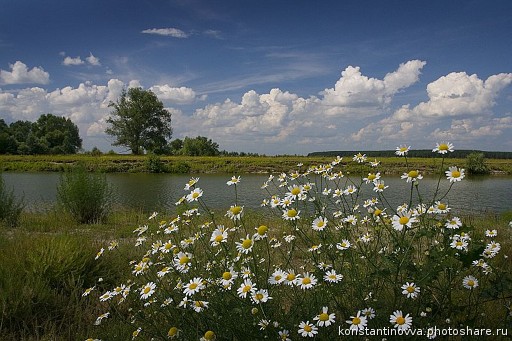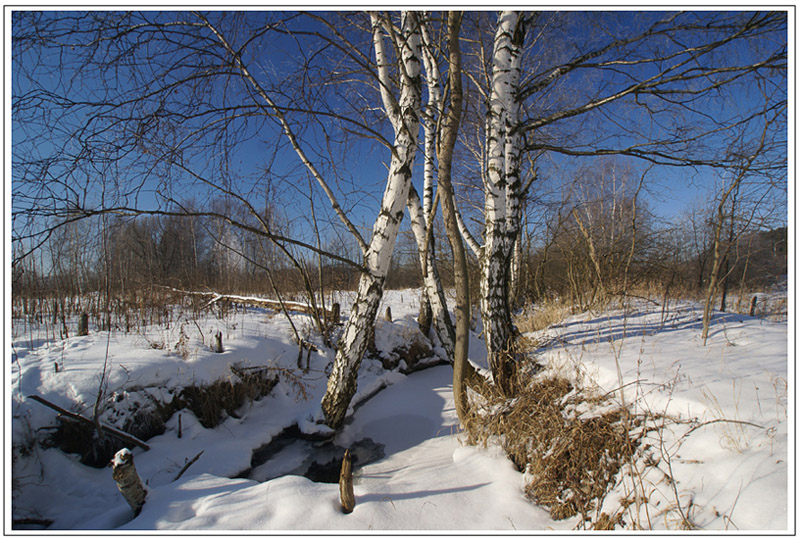Среда, 08.05.2024, 05:44
Kurgan Region
Climate Considerable distance of the territory to the seas, shield of the Ural
mountains from west, direct neighbourhood with vast steppe regions from
the south, and also terrain relief and the features of air masses
circulation determine continental nature of the climate (cold winter with little snow and warm dry summer). Often returns of chills are characteristic for spring. There is lack of moisture in summer and periodically recurring droughts. Considerable distance of the territory to the seas, shield of the Ural
mountains from west, direct neighbourhood with vast steppe regions from
the south, and also terrain relief and the features of air masses
circulation determine continental nature of the climate (cold winter with little snow and warm dry summer). Often returns of chills are characteristic for spring. There is lack of moisture in summer and periodically recurring droughts.
The annual course of air temperature is sharp and is combined
with large variability of winter and spring months temperatures in
different years. The greatest weather instability is observed in the
Beginning of winter - December, in spring months - April, May. January
is the coldest month, and the warmest month in the Transurals is July.
The average annual sum of precipitations on the territory of the
region varies within the limits from 470 mms up to 320 mm. The
precipitation quantity decreases from northwest to southeast. Summer
precipitations considerably dominate above winter, the maximum is in
July and reaches in the west 70-80 mms, in the southeast 50-60 mm.
 Winter in Kurgan region is the longest of all seasons. The period
with a steady snow cover oscillates from 150 to 160 days. The altitude
of the snow cover on average reaches 38 cm in north and 26 cm in south,
but it considerably oscillates in different years. The snow cover is set
in at the end of the first and in the Beginning of the second decade of
November. In the Beginning of April the winter cover begins to
disappear, and to the end of the second decade the snow finally descends
in the all territory of the region. Winter in Kurgan region is the longest of all seasons. The period
with a steady snow cover oscillates from 150 to 160 days. The altitude
of the snow cover on average reaches 38 cm in north and 26 cm in south,
but it considerably oscillates in different years. The snow cover is set
in at the end of the first and in the Beginning of the second decade of
November. In the Beginning of April the winter cover begins to
disappear, and to the end of the second decade the snow finally descends
in the all territory of the region.
The flat nature of terrain and continental climate promotes
constant motion of air masses. Winds of western and southwest directions
dominate. Average speed of air masses movement is 4-5 meters per
second, but freqeuntly the strength of sharp gusty winds reaches 15-20
meters per second. The most quiet are December and January, the most
windy are March, April, May, June.
The atmospheric pressure changes according to the air temperature and passing of cyclones and anticyclones. When cyclone passes, the pressure reduces, and when anticyclone passes it increases. On the average the year pressure makes 756.6 mm. The lowest pressure is marked in a warm season (up to 749.4 mm on the average and up to 721.6 mm minimum). In winter the pressure increases on average up to 764.5 mm and maximum up to 791.5 mm. |
Visitors
Онлайн всего: 1 Гостей: 1 Пользователей: 0 |
